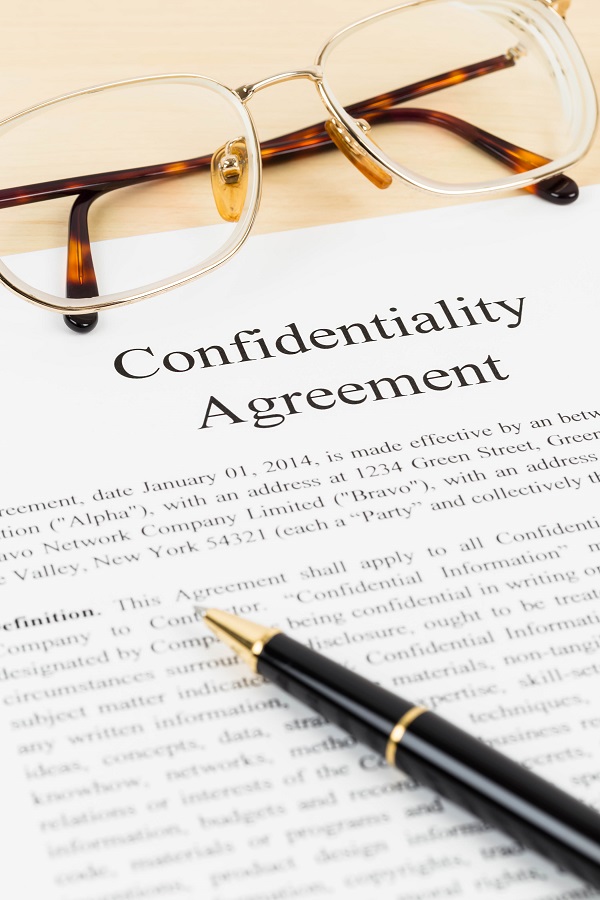
Confidentiality agreements are used in a range of contexts, including employer agreements, independent contractor arrangements and certain financial relationships. Confidentiality agreements generally define the nature of confidential information and prevent one or more parties from disclosing that information upon the occurrence of certain circumstances. The purpose of the agreement is to allow parties to exchange confidential information and encourage the free flow of ideas with the assurance that the information will be not be divulged once the relationship terminates.
The core aspect of a confidentiality agreement is the identification of confidential information. When drafting the agreement, it is important to achieve the proper balance between covering all information that the party seeking protection would consider proprietary and avoiding over-inclusiveness of non-essential information. Valuable information is not necessarily confidential and identifying too much information poses the risk of rendering the clause unenforceable. Some factors used to determine whether information is confidential includes whether it is known by others in the business, the practices employed by the party to protect its secrecy, the amount of funds allocated to develop the confidential information and the value of the content to the company and to others. There are several ways to define confidential information and each has its own distinct advantages, as described below.
The employer, business owner or entrepreneur can include a general description of confidential information (such as customer lists, proprietary inventions and investor information) in their agreements, which allows for coverage of future information that may arise as the business grows and develops. This type of provision is generally broad enough to include confidential information that has not yet been generated. But because of its expansive nature, the parties subject to a general description agreement may not fully comprehend its terms and scope.
A specific description of confidential information may be useful in discrete, short term interactions, such as between a company and a consultant for a particular project. This type of agreement identifies the exact information that is protected and is not tailored to expansion or revision based on a change in the nature of the business activities.
Rather than providing a description of information in an agreement, you can stamp “confidential” on individual items and documents. This eliminates any ambiguity as to which documents are regarded as confidential. Moreover, the party agreeing to non-disclosure is deemed to be adequately notified of his non-disclosure requirements. While this approach may be administratively onerous, it can be the most comprehensive method for designating and protecting information.
Contact Shane Coons at 949-333-0900 or visit his website at www.ShaneCoonsLaw.com to find out more about his practice.
